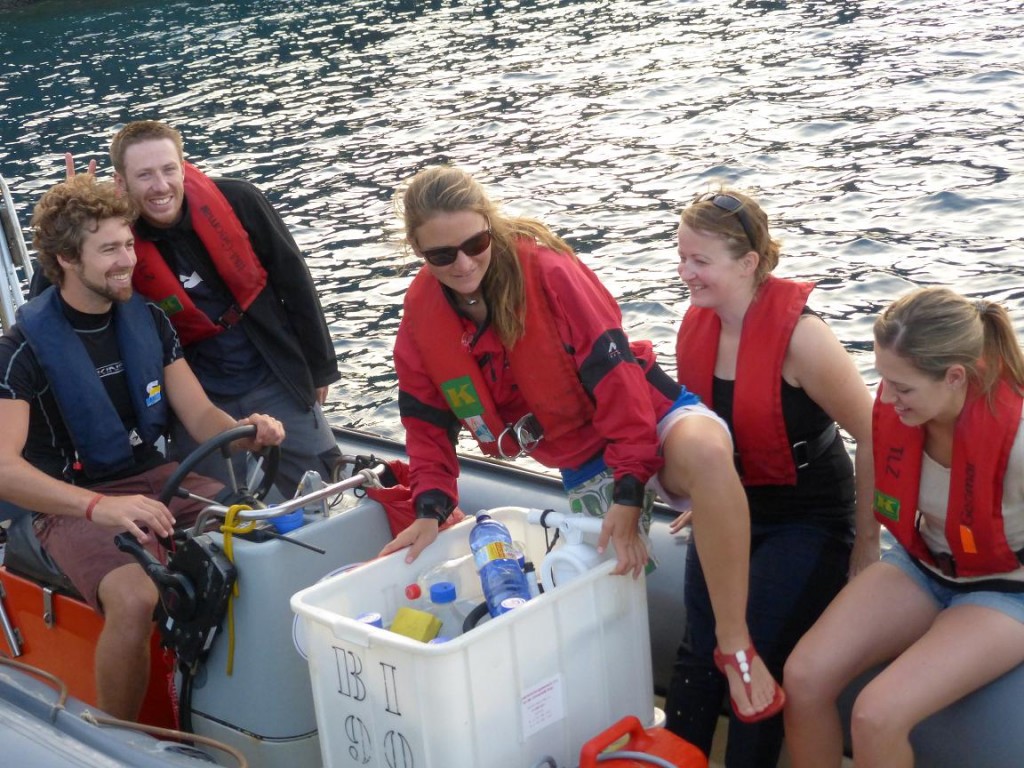Before I get you bored with scientific jargons (which I’ll try to avoid as much as possible), I must acknowledge that working at mesocosms is an amazingly pleasant experience. I’ve been on many research vessels but going on a boat on an early morning sampling and seeing mescosms in action is definitely a worth experience that I’ve had. But it might be a different story for divers and daily sampling team, who are sweating out day and night (and doing a commendable job) at the sea in the warm canary weather. My salute to these real heroes!
If you have been following this blog then you would have already known that we are sampling in an oligotrophic (nutrients are so low that an instrument cannot measure it) area, which makes N2 fixation a “hot” topic to study and which is what I am looking here.
First phase (first 25 days) was important for N2 fixation work, by default, but second phase (started after deep water addition) could throw us surprises. With the incredible efforts of KOSMOS team, we added deep-water into the mesocosms last week when weather was quite warm and dusty. Things would have quickly evolved because deep-water contains ample amount of nutrients for primary producers in the otherwise oligotrophic region. Traditional view would be that this phase may not be important for phototrophic N2 fixation but I am very excited about deep-water addition for the following reason. The bible of biogeochemistry (if there is no such thing then lets say a fictional bible) suggests that N2 fixation is limited by Iron and phosphate and N2 fixers do not like nitrate (I am not sure about nitrate part because there are no real studies on this part). This ocean is one of those few parts of the world ocean that are phosphate limited, others are nitrogen depleted. Phosphate from the deep-water might give a pleasant surprise to the already present Trichodesmium in the mesocosms. Recent dust events might be a bonus because they are primary source of Iron.
Additionally, I am interested in heterotrophic N2 fixation, which normally occurs in the deeper waters. We have seen an increase in dissolved organic carbon (DOC) in the higher pCO2 treatments in previous mesocosm experiments. As this would be a substrate for heterotrophic organisms, perhaps the diazotrophic heterotrophs could also respond in terms of N2 fixation. In addition, heterotrophic organisms would also have introduced with the deep-water addition. These are still our hypotheses as we only collected samples and no measurements are done yet. We will know when we have the analysis done in early next year.
Stay tuned for more updates from Gran Canaria,
Arvind

HEllo Arvind ,
this is nitin, an phD student in UNiversity of Antwerp, Belgium,
i am also working on Impact of Ocean Acidification on fish PHysiology .
so your suggestion will always be appreciated .